Mary Anning: Pioneering Paleontologist and Her Lasting Legacy
Introduction to a Trailblazer
Mary Anning may not have been a household name during her lifetime, but her contributions to the field of paleontology have left an indelible mark on the scientific community. Anning's discoveries in the early 19th century revolutionized our understanding of prehistoric life and challenged prevailing ideas about the history of Earth. Born in 1799 in the coastal town of Lyme Regis, England, Anning grew up in a humble family that lived on the fringes of society. Despite these challenges, she went on to become one of the most important fossil hunters of all time.
Early Life and Inspiration
Mary Anning's journey into the world of fossils began at a young age. The cliffs of Lyme Regis, part of the Jurassic Coast, presented a treasure trove of fossils waiting to be unearthed. Mary was introduced to fossil hunting by her father, Richard Anning, a cabinetmaker who supplemented his income by collecting and selling fossils. After his untimely death, Mary, along with her brother Joseph, continued the family tradition of fossil hunting to support themselves and their mother.
Mary's early experiences along the fossil-rich coastline fueled her curiosity about these ancient relics. Despite limited formal education due to her family's economic circumstances, Mary demonstrated an insatiable desire to learn and understand the natural world. She taught herself anatomy, geology, and paleontology—fields largely dominated by men during her time.
Major Discoveries That Shaped Paleontology
The first major breakthrough in Mary Anning's career came in 1823 when she discovered the complete skeleton of an Ichthyosaurus, a marine reptile from the Mesozoic era. This find caught the attention of scientists and collectors, thrusting Mary into an emerging professional community.
Mary's most famous discovery came in 1823 when she unearthed the first complete Plesiosaurus skeleton. This discovery was initially met with skepticism; however, upon further examination, it was deemed a significant scientific milestone and solidified her reputation as an adept fossil hunter. Anning's findings challenged the previously held notion of what prehistoric creatures might have looked like, providing concrete evidence that some extinct species did not resemble any living forms.
In addition to Ichthyosaurs and Plesiosaurs, Anning discovered several other important fossils. Among these were the first British pterosaur and several important ammonite specimens. Her meticulous work and keen observational skills provided invaluable insights into the morphology of these ancient creatures.
Recognition and Legacy
Despite her groundbreaking contributions, Mary Anning struggled for much of her life to gain recognition and respect from the wider scientific community, primarily due to her gender and social class. Many of her finds were claimed by men who published her work under their own names, leaving Anning's contributions largely unrecognized during her lifetime. Nevertheless, her findings were critical in advancing the field of paleontology and reshaping contemporary scientific thought regarding Earth's history.
Even though Mary faced numerous challenges, her perseverance and dedication have inspired generations of scientists, particularly women, to pursue careers in science. In recent years, historical justice has been somewhat served as Mary Anning's story and accomplishments have gained more prominence. She has been posthumously celebrated as one of the founding figures of paleontology, and her legacy continues to inspire those who dig for the truths of our planet's past.
Overall, Mary Anning's remarkable life and work remind us of the invaluable and often overlooked contributions of women in science. Her legacy not only lies in the fossils she unearthed but also in the doors she opened for future generations of paleontologists, geologists, and scientists worldwide.
Science in a Time of Social Constraints
In the early 19th century, the intellectual landscape was undergoing significant change. The Age of Enlightenment had laid the groundwork for a scientific revolution, but societal structures still largely restrained women from contributing to academic discourse. Within this context, Mary Anning's accomplishments become even more extraordinary. Though she lacked formal scientific training and the privilege of social standing, her innate talent and determination enabled her to navigate these barriers to achieve unprecedented success.
Despite her marginalized position, Anning became known within specialized circles as a purveyor of fossils and knowledge. She formed relationships with some of the most prominent geologists of the time, including Henry De la Beche and William Conybeare. Although these connections did help her get some recognition, many of her contributions were overshadowed by the biases of an era that questioned the credibility of women in science.
The Royal Society of London, one of the oldest scientific institutions, did not admit women until well into the 20th century. This exclusion meant that Anning's scientific insights and potential contributions were never formally acknowledged by the preeminent establishment of her day. Nevertheless, her meticulous work on fossils directly contributed to the discussions that would eventually shape evolutionary theory.
Contributions to Paleontology and Evolutionary Theory
Mary Anning's finds were not merely relics of the Earth’s past; they were critical pieces of evidence in the scientific debates of her time. The discovery of fully formed fossils of once-living creatures lent credibility to the concept of extinction—a notion that had not yet been universally accepted in the early 19th century. Her discoveries provided proof that species not only appeared on the planet but also disappeared, prompting further exploration into the mechanisms behind such phenomena.
Although Charles Darwin's "On the Origin of Species" was published after Anning’s death, her work laid some of the foundational insights that contributed to evolutionary thought. Fossils that Mary unearthed implied a dynamic Earth, filled with creatures that had lived, evolved, and then vanished long before human existence. This challenged the static view of life that prevailed through much of human history and nudged the community to consider natural explanations for the diversity and disappearance of species.
Anning’s Methods: Pioneering Techniques in Fossil Preparation
Anning's practiced eye and painstaking attention to detail were manifest not only in her discoveries but also in her methods. Her ability to prepare and present fossils was unrivaled at the time. Many of the fossils she unearthed were delicate, requiring care and precision to ensure they remained intact during extraction and throughout study. Mary developed techniques for removing them from the surrounding matrix, cleaning them, and articulating them as complete specimens.
Her acute observational skills extended to detailed illustrations and notes that accompanied her finds. These records became invaluable resources for the scientific community, providing a basis for accurate identification and classification of fossils. Her scrupulous documentation set a high standard for fossil preparation and has been emulated by paleontologists ever since.
The Unveiling of Mary Anning’s Story
As scientific understanding grew and societal attitudes began to shift, the importance of Mary Anning’s contributions began to gain recognition. A turning point came when her story was revived during the 20th century, thanks to historians and gender studies scholars who sought to highlight the overlooked narratives of women in science. Anning's tale serves as a compelling reminder that brilliant minds often flourish against a backdrop of adversity and prejudice.
Popular culture has played a role in reintroducing Mary Anning's story to new generations. Books, articles, and even films have sought to capture her spirit and achievements. Mary Anning has become an icon for aspiring paleontologists, particularly young women, showing them that significant barriers can be overcome and impactful contributions made regardless of societal constraints.
The opening of the Lyme Regis Museum, built near her native home, stands as a tribute to Anning's contributions and legacy. This museum serves not only to preserve her memory but also to educate the public about the remarkable world of paleontology.
In conclusion, Mary Anning's lifelong commitment to unearthing Earth's prehistoric past fundamentally shifted scientific perspectives and enriched our understanding of life's history. Her legacy is a testament to the power of perseverance, curiosity, and love for science—a story that continues to inspire those who stand on her shoulders to explore the mysteries of our natural world.
The Human Side of Mary Anning
Beyond her scientific contributions, Mary Anning's life story is one of remarkable personal resilience and determination. As a woman from a working-class background in the early 19th century, she faced numerous socio-economic challenges. Lyme Regis was a small town, and her family lived in poverty, relying heavily on the modest income generated by selling fossils to tourists and collectors. Despite these hardships, Anning's dedication to her work did not waver.
Mary was widely known in Lyme Regis not just for her fossil expertise but also for her keen wit and independent spirit. She was a voracious reader and self-educator, spending any free time she had in furthering her understanding of the fossils she uncovered. Her lifelong curiosity and passion for knowledge endeared her to locals and visitors alike.
The community that Mary helped build, consisting of fellow fossil hunters and scientists, became a source of companionship and mutual intellectual exchange. Despite societal norms that often isolated women, Anning's skills and knowledge earned her respect from peers who recognized her as a valuable contributor to the burgeoning field of geology and paleontology.
The Impact of Gender and Class in Science
Mary Anning's journey illustrates not only the scientific obstacles of her time but also the social barriers placed upon women and the working class. In the context of 19th-century England, the limitations she confronted were numerous. Despite her contributions, she was excluded from formal scientific societies, struggled for financial stability, and seldom received direct credit for her groundbreaking work.
The biases of the time meant that many of Anning's discoveries were published by others without acknowledgment of her role. This was not uncommon, as women, particularly those from lower socio-economic classes, were often dismissed as amateur in the male-dominated scientific community. Yet, her perseverance and the quality of her contributions forced some acknowledgment from her contemporaries, despite the prevailing social constraints.
Anning's plight sparked critical reflection within the scientific community and broader society about the systemic barriers faced by women in science—a conversation that continues today. Her life and work have become emblems not just of scientific achievement but also of the fight for equality and recognition in academic fields.
A Lasting Legacy and Modern Recognition
In the years following her death in 1847, awareness and appreciation for Mary Anning's contributions to paleontology grew exponentially. Today, her legacy is honored in multiple ways. The paleontological society awarded a Mary Anning Medal to recognize outstanding contributions to the field, especially by individuals who, like Anning, are not formally trained paleontologists. This award serves to celebrate the spirit of innovation and determination she embodied throughout her life.
Educational programs and exhibitions worldwide continue to highlight Anning's work, bringing her discoveries to life for new generations. Multiple biographies and retrospectives have detailed her life, cementing her status as a pioneer whose story is both compelling and inspirational.
Additionally, the campaign to commemorate her contributions in the form of statues and memorials has gained momentum, reflecting society's broader efforts to correct historical oversights and celebrate contributions from diverse figures across different backgrounds.
The Relevance of Mary Anning Today
Mary Anning's story resonates deeply in today's society, serving as a beacon for those who push boundaries within their fields despite facing challenges due to gender, class, or race. Her life underscores the importance of accessibility in science, highlighting the necessity for inclusivity in encouraging diverse voices to contribute to and shape the scientific landscape.
The lessons drawn from Anning’s life are as pertinent now as they were in the 19th century. She teaches that perseverance, passion, and curiosity are critical traits that transcend societal obstacles. Her legacy has laid a foundation for a more inclusive scientific community that values diverse contributions, ensuring future generations of scientists are judged by their talents and discoveries, rather than their backgrounds.
In recognizing Mary Anning's legacy, we honor not just a pioneer of paleontology, but also a reminder of the potential within every individual to alter the course of scientific understanding. Her life remains a testament to the impact that one determined person can have on the world, proving that truly groundbreaking discoveries may come from the most unexpected places.

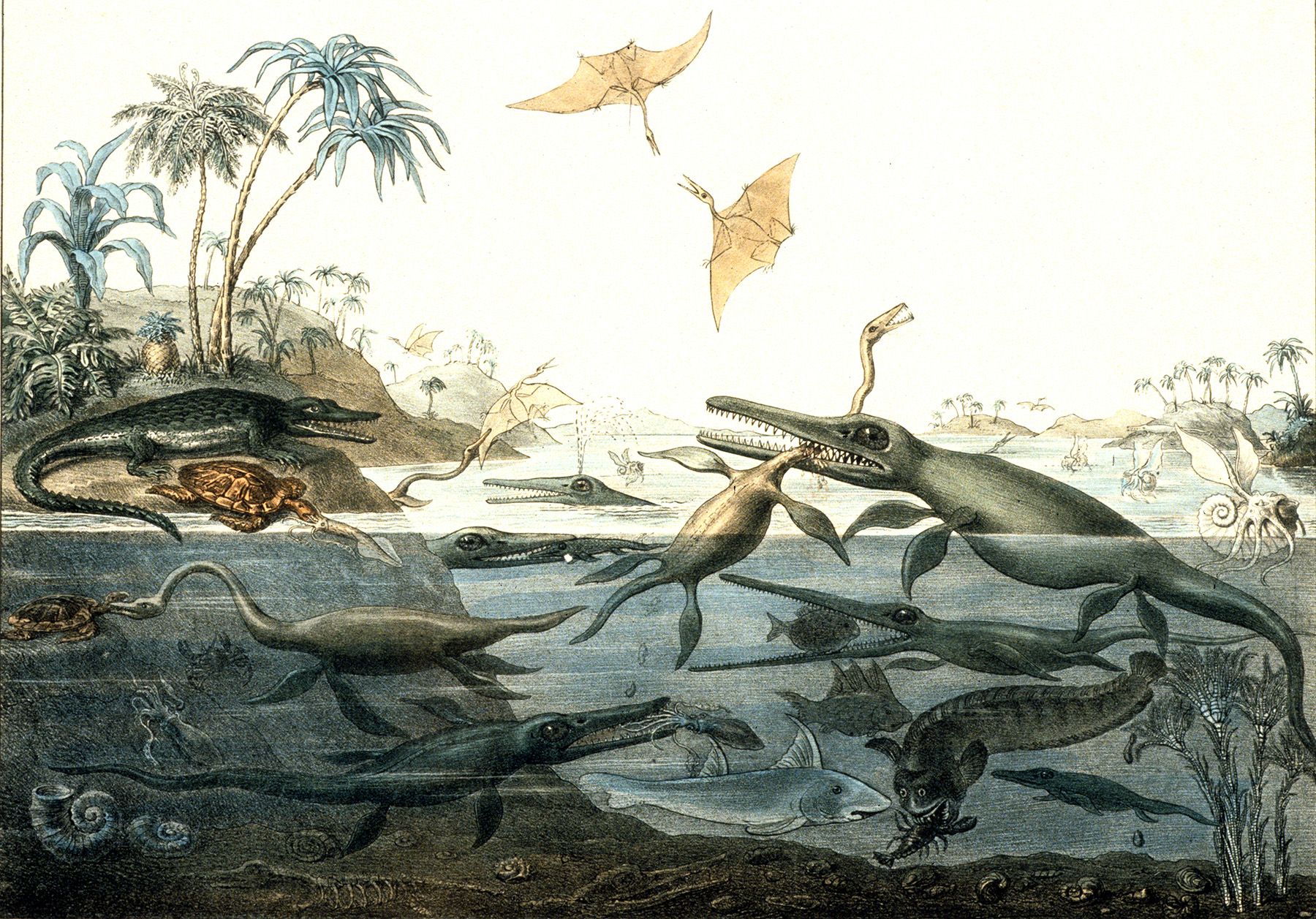
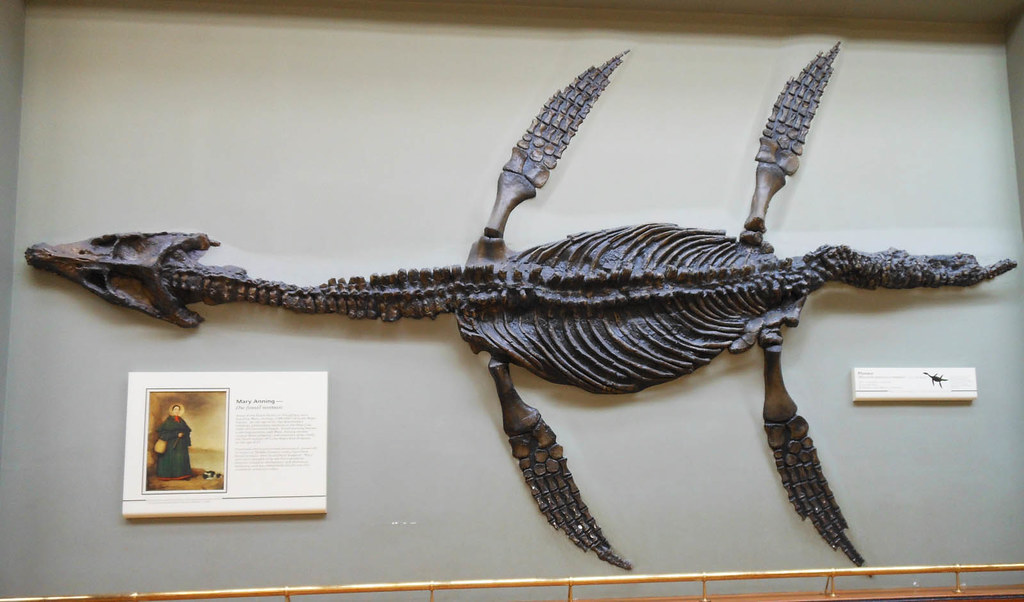




%20640.jpg)
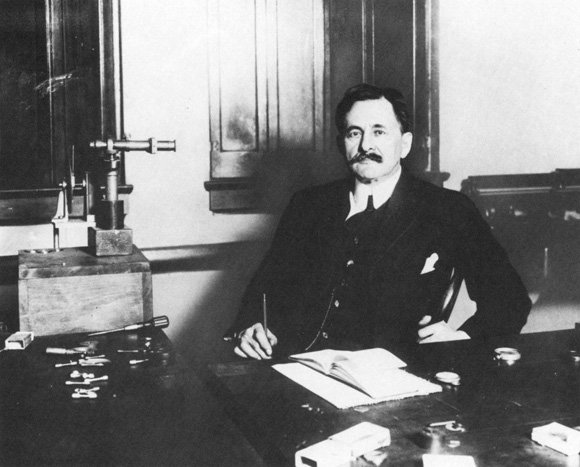


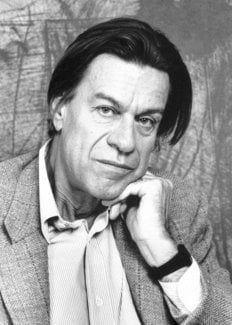




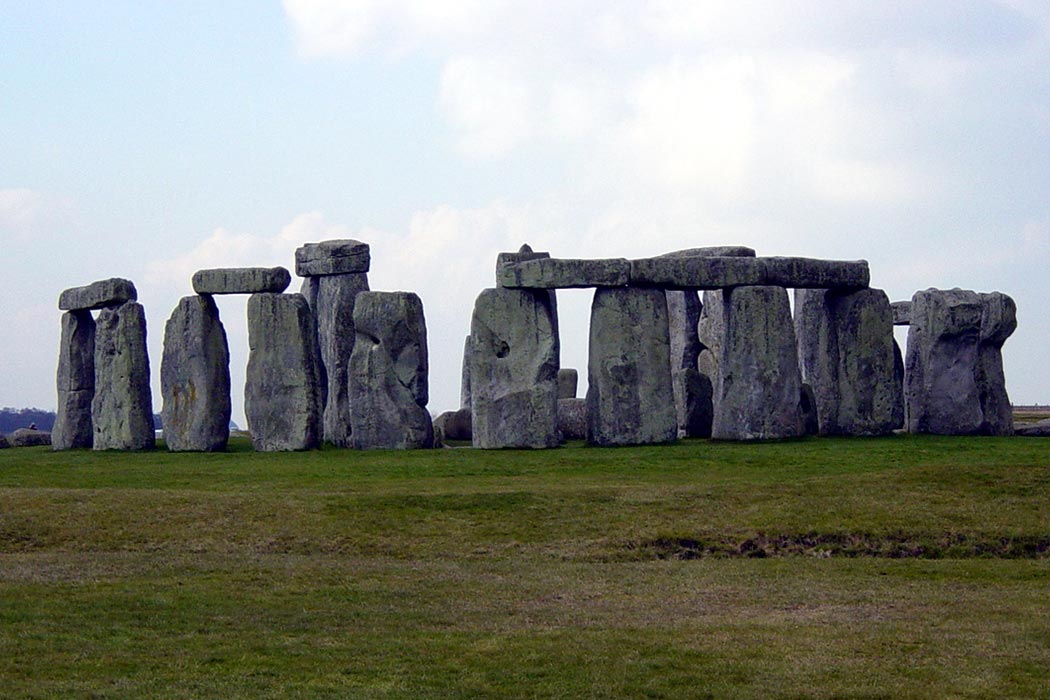
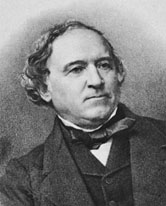



Comments